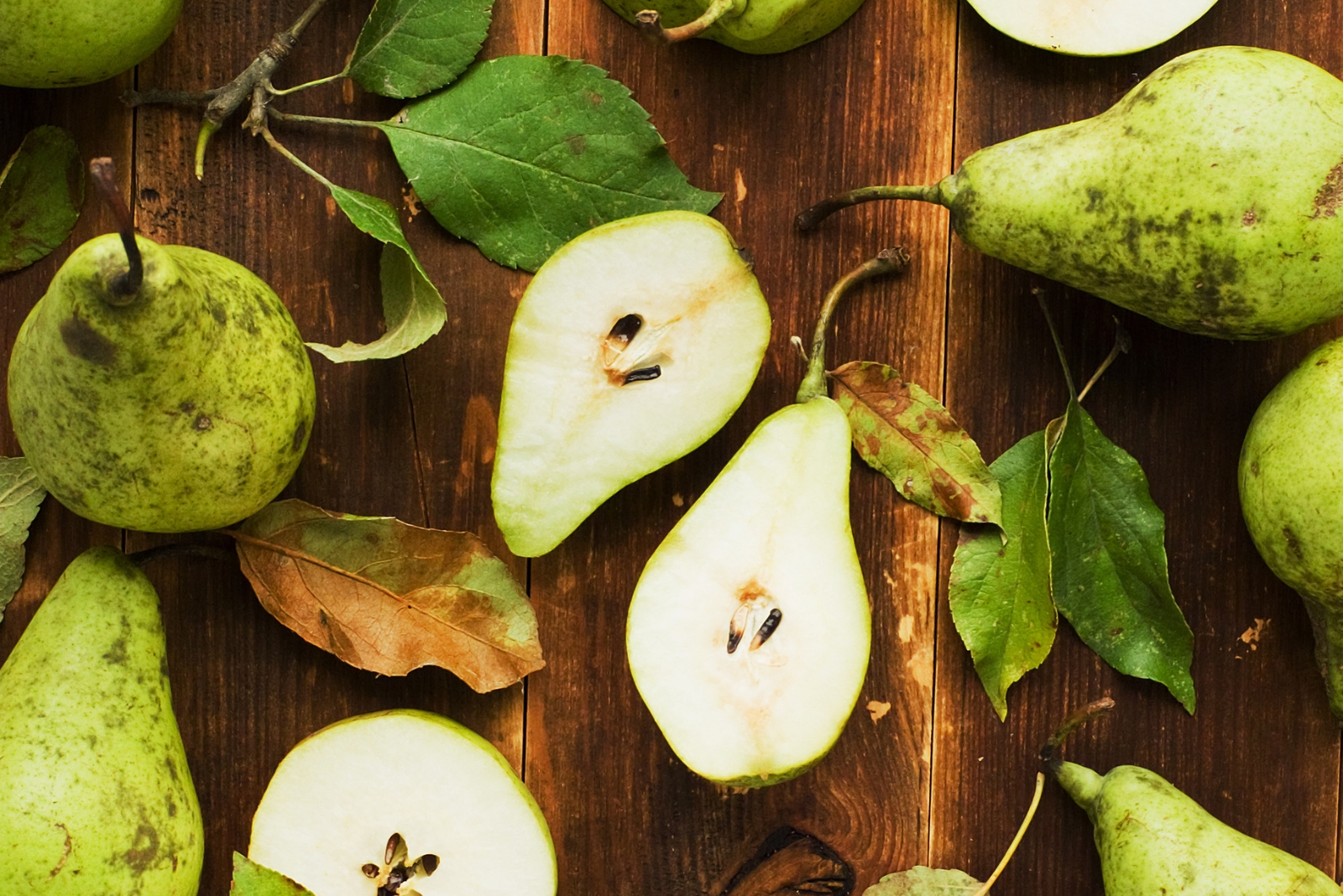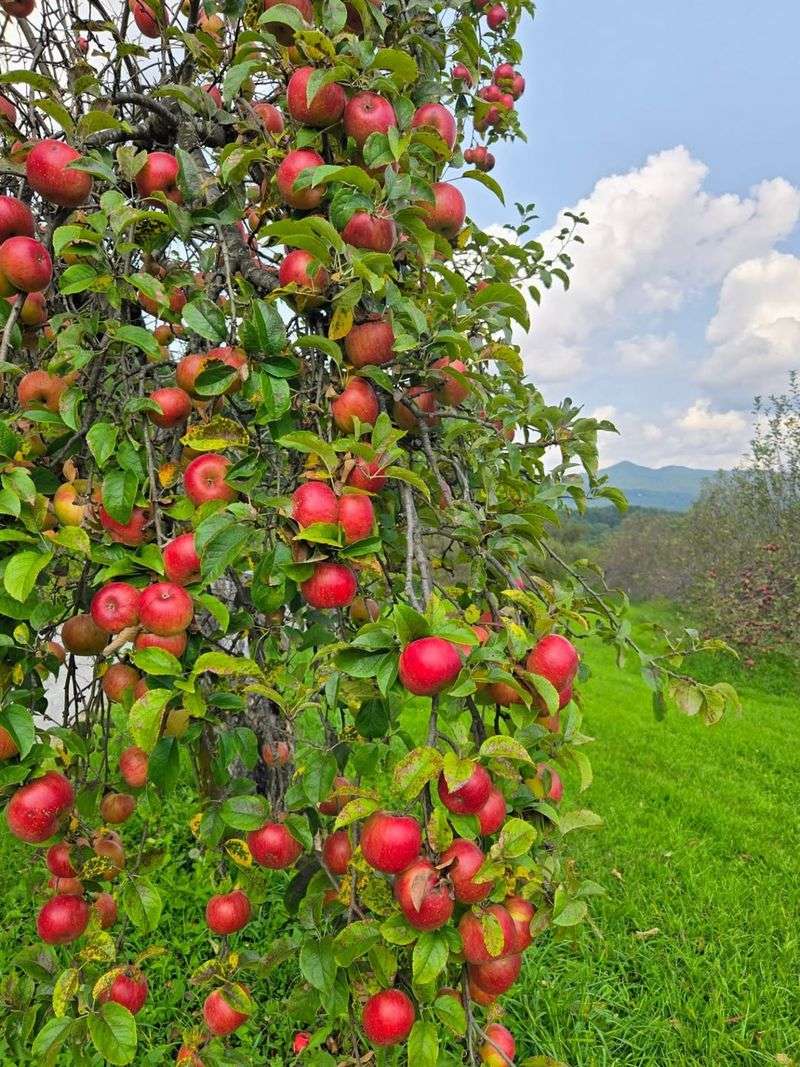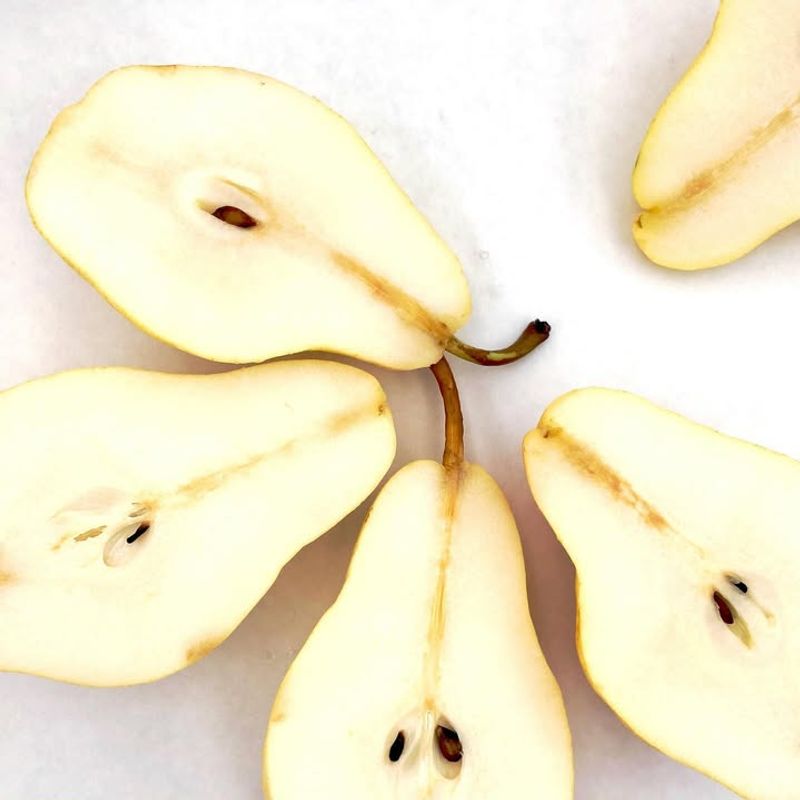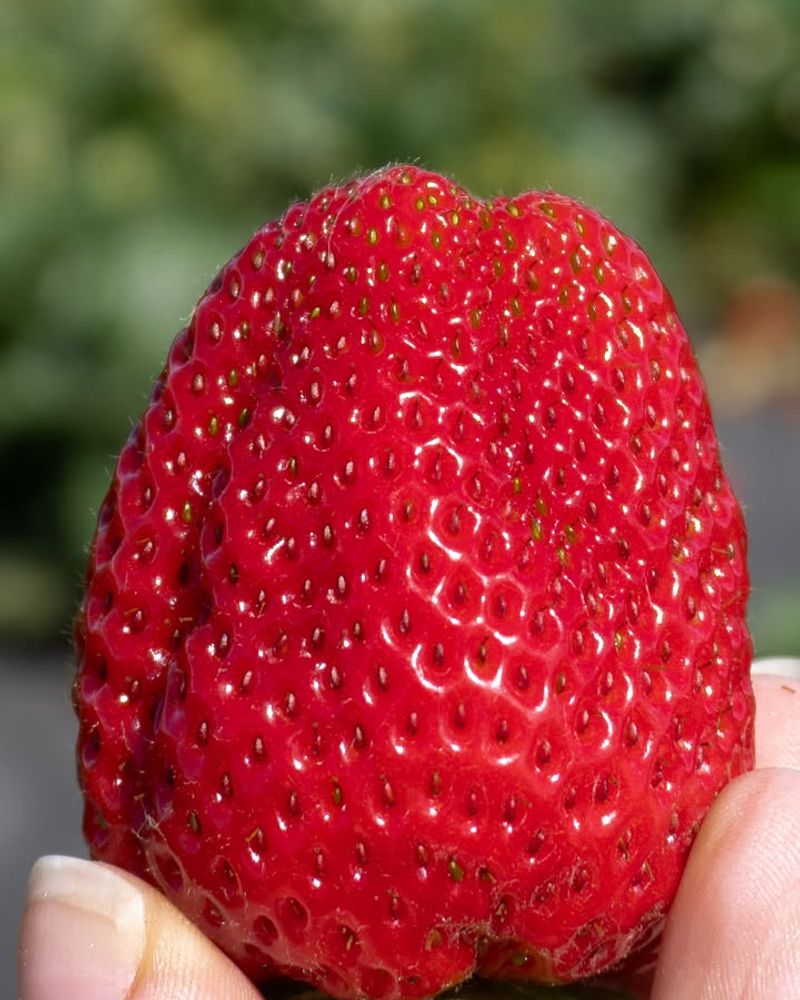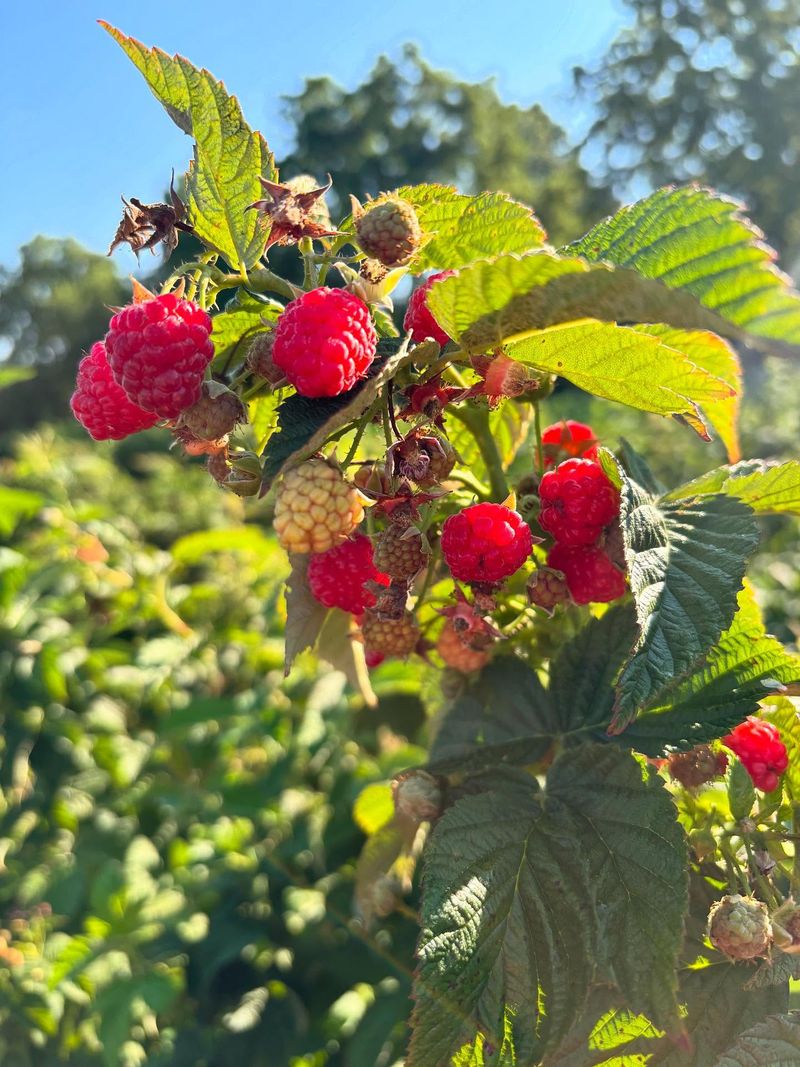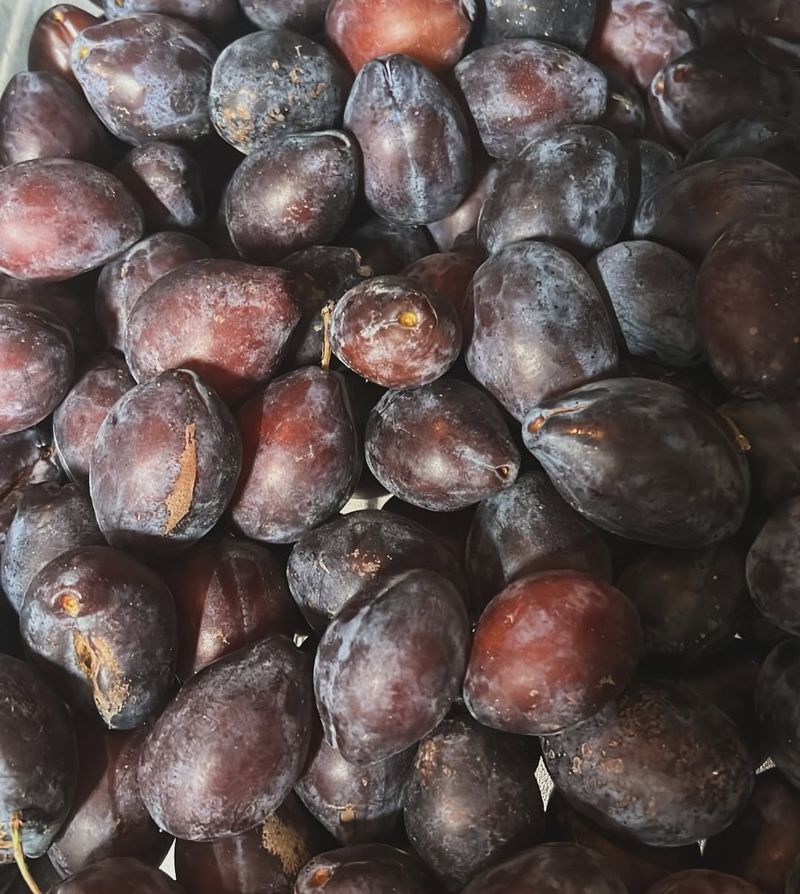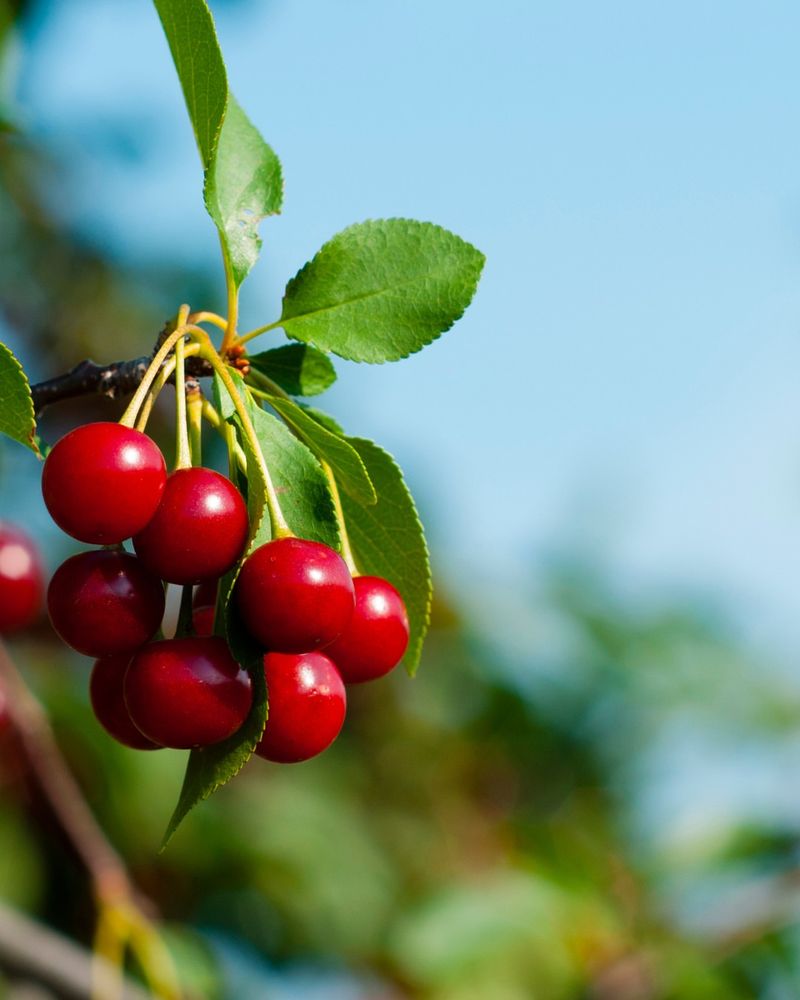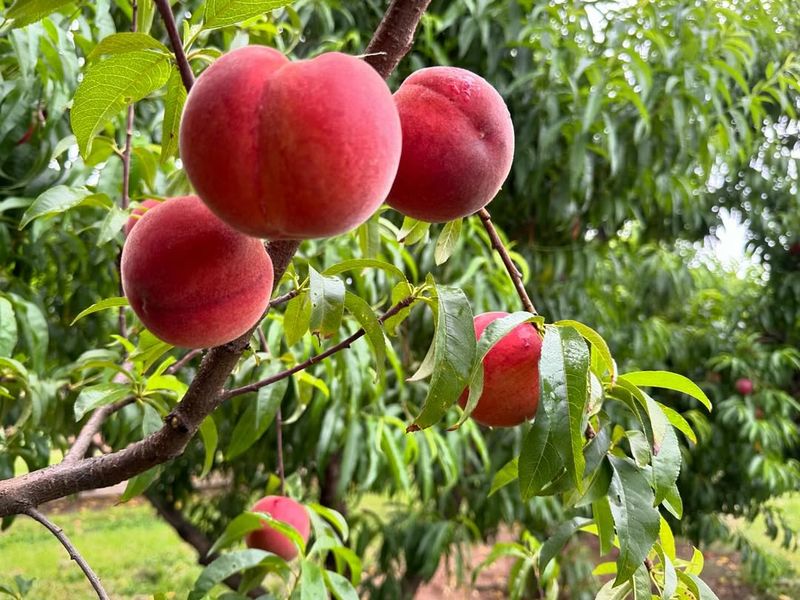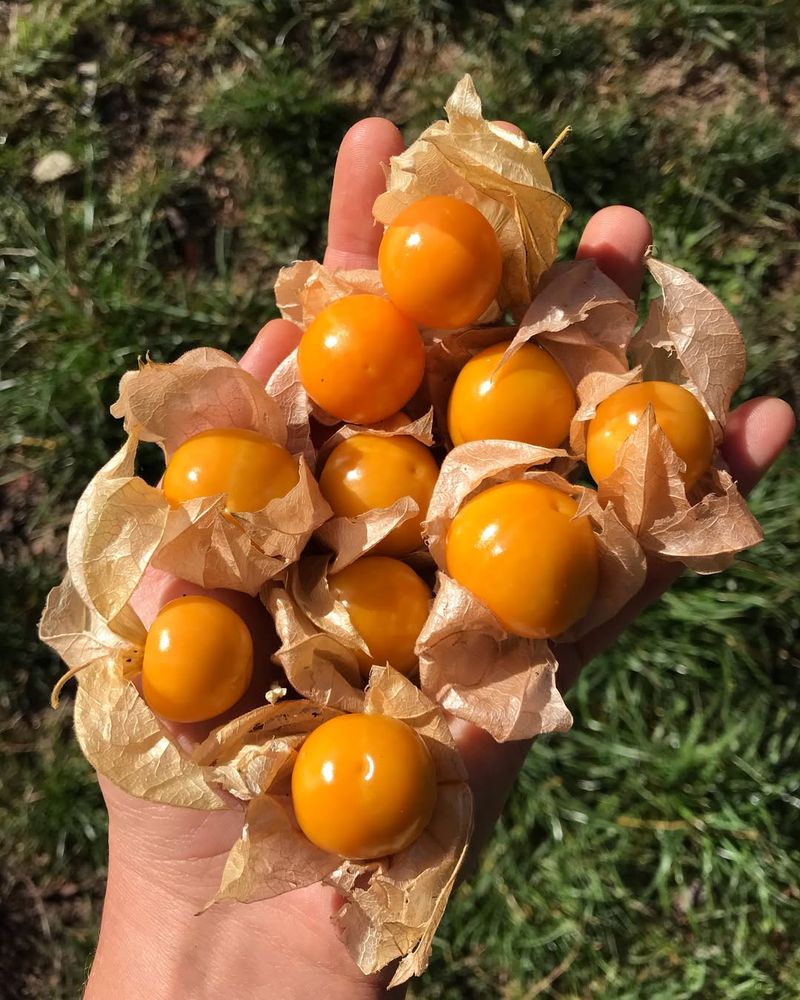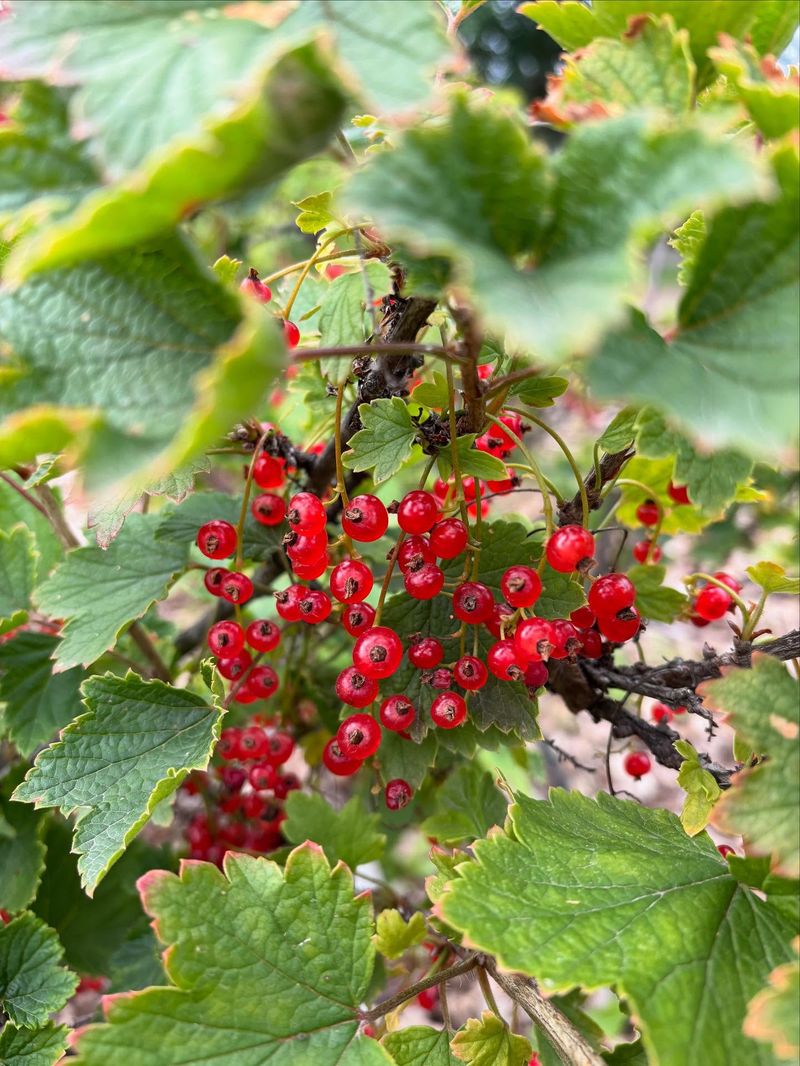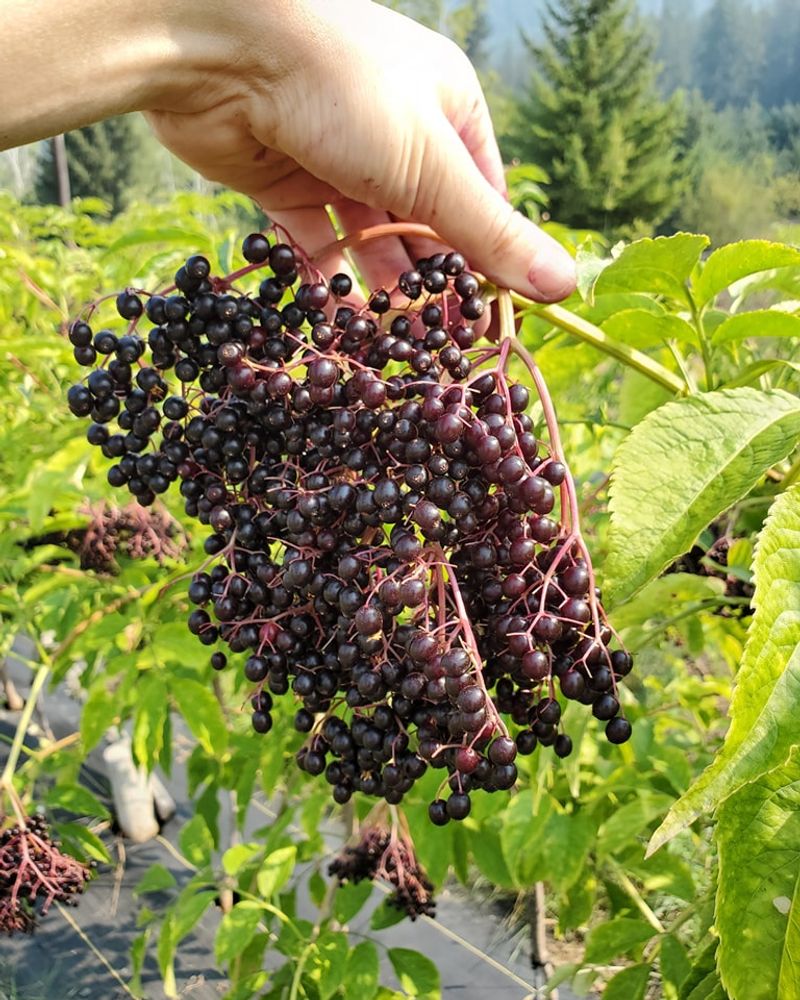October might feel like the end of the growing season, but Iowa gardeners still have opportunities to plant fruit seeds. Cold-stratification is a natural process where seeds need winter’s chill to germinate properly in spring.
Starting certain fruit seeds now means you’re working with nature’s schedule, giving your future fruit plants the best chance to thrive when warmer weather returns.
1. Apple Seeds
Apple seeds actually benefit from Iowa’s cold October soil. When you plant them now, winter naturally breaks down their protective coating, making spring germination much easier.
Collect seeds from your favorite apple varieties and plant them about half an inch deep in well-draining soil. Keep in mind that apple trees grown from seed won’t produce exact copies of the parent fruit, but you might discover something delicious and unique.
Patience pays off since seedlings take several years to bear fruit.
2. Pear Seeds
Pear seeds love the cold treatment that October planting provides naturally. Without this chilling period, germination rates drop significantly, so timing matters greatly here.
Simply press seeds about one inch into moist soil where you want your pear tree to eventually grow. The winter months will do the hard work of preparing seeds for spring sprouting.
Your seedlings will emerge when temperatures warm up, ready to develop into hardy trees adapted to Iowa’s climate perfectly.
3. Strawberry Seeds
Strawberry seeds might be tiny, but they’re surprisingly tough against cold weather. October planting allows them to settle into the soil before winter freeze arrives.
Scatter seeds lightly on the surface since they need light to germinate properly. Cover them with just a thin layer of fine soil or compost.
By spring, you’ll notice small seedlings emerging that will produce runners and fruit within their second year. Mulching helps protect them through harsh winter conditions Iowa often experiences.
4. Raspberry Seeds
Raspberries grown from seed take longer than buying plants, but October planting gives them the cold period they desperately need. Extract seeds from ripe berries by mashing and rinsing them thoroughly.
Plant these seeds in a prepared bed with rich, slightly acidic soil. Winter stratification naturally occurs, improving germination rates dramatically come springtime.
Your raspberry patch will develop slowly but surely, rewarding your patience with sweet berries in future summers. Good drainage prevents root rot during wet seasons.
5. Plum Seeds
Plum pits require cold stratification, making October the ideal planting window in Iowa. Crack the hard outer shell carefully to help speed up the process without damaging the seed inside.
Bury pits about two inches deep in loose, fertile soil with good drainage. Winter’s freeze-thaw cycles will naturally prepare them for spring awakening.
Plum trees from seed show impressive cold hardiness once established. Expect to wait three to six years before harvesting your first homegrown plums from these trees.
6. Cherry Seeds
Cherry seeds absolutely need winter’s cold embrace to germinate successfully. Both sweet and tart cherry varieties benefit from October planting in Iowa’s climate.
Clean the flesh completely from pits before planting them one to two inches deep. The natural cold stratification period lasts about 90 to 120 days, perfectly timed with Iowa winters.
Seedlings will appear in late spring, growing into beautiful trees that blossom spectacularly. Remember that cherry trees need patience, typically fruiting after four to seven years of growth.
7. Peach Seeds
Peach pits need roughly 100 days of cold temperatures to break dormancy properly. October planting in Iowa provides this naturally without refrigerator tricks.
Crack the hard pit carefully and plant the inner seed about three inches deep in well-prepared soil. Choose a sunny spot with excellent drainage since peaches hate wet feet.
While peaches can be challenging in Iowa’s climate, cold-hardy varieties from northern sources often succeed. Your homegrown peach tree will be specially adapted to local conditions through natural selection.
8. Gooseberry Seeds
Gooseberries thrive in Iowa’s climate and their seeds germinate best after cold stratification. Extract seeds from ripe berries, cleaning them thoroughly before planting.
Sow seeds shallowly in prepared beds, barely covering them with fine soil. These hardy bushes tolerate cold exceptionally well, making them perfect for Iowa gardens.
Gooseberry bushes grown from seed produce fruit within two to three years, faster than many fruit trees. Their tart berries make incredible jams, pies, and preserves worth the wait.
9. Currant Seeds
Currants are incredibly cold-hardy, making them excellent choices for Iowa’s unpredictable weather. Their seeds need cold stratification that October planting provides effortlessly.
Separate seeds from pulp by crushing berries and rinsing thoroughly. Plant them about a quarter inch deep in moist, well-draining soil.
Both red and black currants grow reliably from seed, producing compact bushes loaded with nutritious berries. Expect your first harvest within two to three years after seedlings establish themselves firmly in your garden.
10. Elderberry Seeds
Elderberries are native to Iowa, making them naturally adapted to local growing conditions. Seeds require cold moist stratification lasting several months, perfectly matched with October planting.
Extract seeds from ripe berries and plant them in prepared beds with rich organic matter. These vigorous plants tolerate various soil types remarkably well.
Elderberry bushes grow quickly once established, often producing flowers and fruit within two years. Their immune-boosting berries have become increasingly popular for syrups, jams, and wellness remedies throughout communities.

